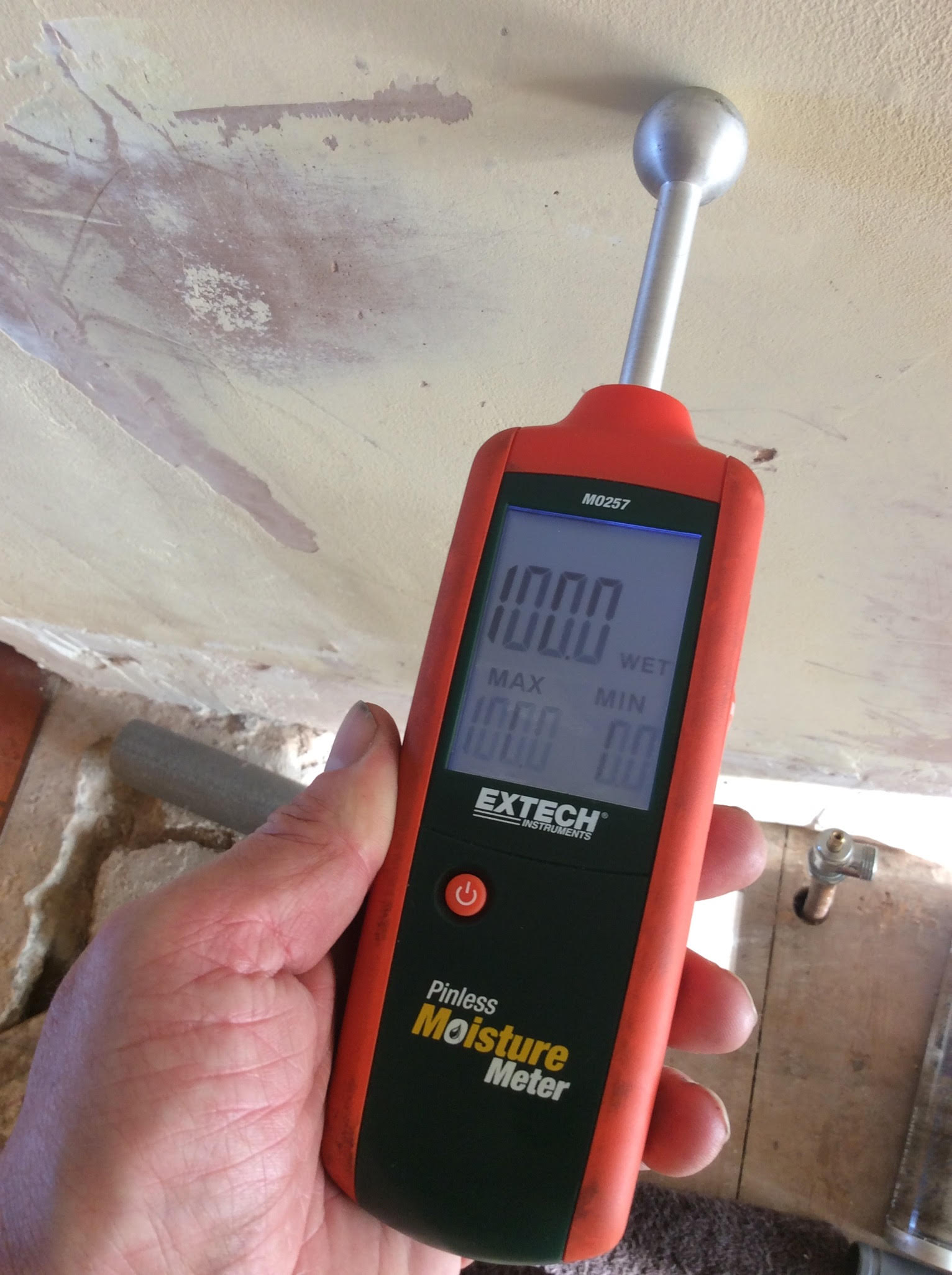Why Timely Water Leak Detection is Important for Preserving a Healthy Home
Why Timely Water Leak Detection is Important for Preserving a Healthy Home
Blog Article
Innovative Solutions for Very Early Detection of Water Leakages in Structures and Facilities
From innovative leakage discovery modern technologies to the deployment of IoT sensors for real-time monitoring, the landscape of leak avoidance is progressing quickly. Automated water circulation evaluation systems are improving exactly how leakages are recognized and resolved, leading the method for an aggressive strategy to water leakage discovery.
Advanced Leakage Detection Technologies
Advanced leak detection innovations, geared up with advanced sensors and algorithms, play a vital function in quickly determining and pinpointing water leaks in numerous setups. These modern technologies utilize a mix of acoustic, thermal, and electromagnetic sensing methods to detect leakages precisely. Acoustic sensors spot the sound of running away water, permitting for exact localization of the leak source. Thermal imaging identifies temperature level modifications caused by water leak, supplying one more effective approach for leakage identification. Electromagnetic sensing units can determine changes in electro-magnetic areas brought on by water, providing yet an additional layer of leakage detection capability.

IoT Sensors for Real-Time Surveillance
In the world of modern water leak discovery, the assimilation of IoT sensors for real-time tracking represents an essential innovation in enhancing proactive leak detection abilities. These sensing units supply continuous tracking of water supply, giving real-time information on water flow rates, pressure variants, and temperature level adjustments. By leveraging IoT technology, these sensors can discover also the tiniest anomalies in water usage patterns, allowing early identification of prospective leaks before they intensify into major issues.
IoT sensing units send information to a centralized platform, where advanced algorithms evaluate the information and generate alerts or notifications when abnormalities are spotted. This real-time monitoring capability permits homeowner or facility managers to promptly address leakages, lessening water damage, decreasing repair prices, and preserving water resources.
Additionally, IoT sensors can be incorporated with building management systems, permitting for computerized reactions to spotted leakages, such as closing off water valves or turning on pumps to alleviate the effect of leaks. Generally, the application of IoT sensing units for real-time tracking considerably enhances the performance and effectiveness of water leakage detection in structures and facilities.
Device Understanding Algorithms for Leak Prediction

One trick advantage of using equipment discovering for leak prediction is its capacity to constantly learn and boost its accuracy with time. As even more data is accumulated and fed right into the algorithm, it can improve its predictions and adapt to transforming conditions, ultimately raising the dependability of leak discovery systems.
Furthermore, machine understanding formulas can help in determining subtle indications of leaks that might go unnoticed by standard monitoring techniques. water leak detection. By analyzing complicated information embed in real-time, these formulas can offer very early cautions and informs, permitting prompt intervention and preventative maintenance to alleviate prospective water damage and connected expenses
Making Use Of Thermal Imaging for Leakage Discovery
Thermal imaging modern technology supplies an encouraging approach for spotting water leaks in various systems and facilities. By using infrared radiation and temperature variations, thermal imaging cams can determine concealed leakages that are not quickly noticeable to the naked eye.
One of the essential benefits of thermal imaging for leakage detection is its non-intrusive nature. On the whole, the usage of original site thermal imaging technology boosts the effectiveness and accuracy of water leakage detection, making it a valuable device for maintaining the honesty of buildings and frameworks.
Automated Water Flow Evaluation Solutions
How can computerized water flow evaluation systems transform the discovery and administration of leakages in different systems and frameworks? Automated water flow evaluation systems offer an aggressive approach to leak detection by constantly monitoring water circulation rates and patterns. By developing standard information, these systems can rapidly recognize deviations that might indicate a leakage, enabling timely treatment to avoid considerable damage.
These systems use advanced algorithms to assess real-time continue reading this data and supply prompt alerts when anomalies are identified, allowing for quick activity to be taken. In addition, automated water flow evaluation systems can be incorporated with structure management systems or IoT platforms, improving total performance and enabling remote tracking abilities.
In addition, the information accumulated by these systems can be reference made use of for anticipating upkeep functions, aiding to recognize possible powerlessness in the facilities before leaks occur. Overall, the implementation of automated water flow analysis systems can substantially enhance leak discovery and monitoring techniques, eventually resulting in cost financial savings, lowered water waste, and enhanced sustainability in buildings and framework.

Verdict
To conclude, the integration of advanced leak detection technologies, IoT sensors, artificial intelligence algorithms, thermal imaging, and automatic water flow analysis systems provides ingenious services for early detection of water leaks in structures and framework. These modern technologies make it possible for real-time surveillance, forecast of leaks, and effective detection methods to prevent water damages and wastefulness. Carrying out these options can assist in preserving the integrity and sustainability of water systems in numerous setups.
Report this page